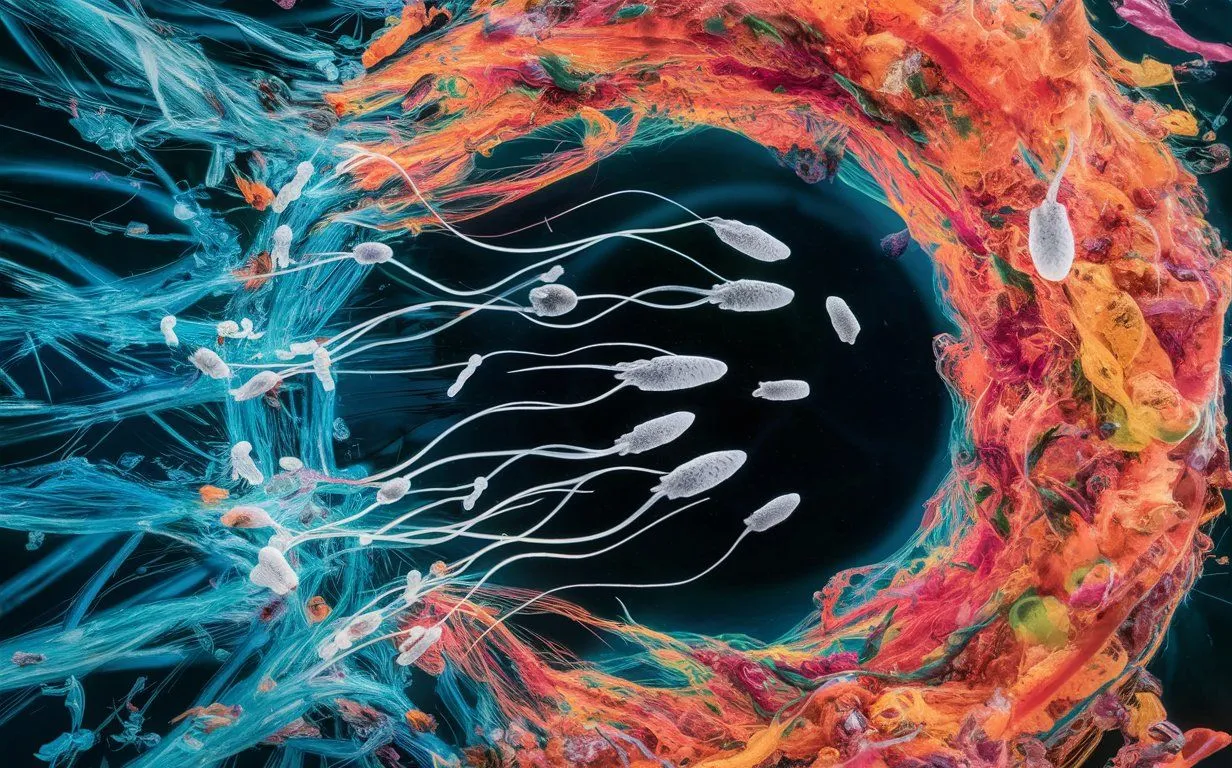Worrying discovery of microplastics in human testicles
Published by Cédric,
Article author: Cédric DEPOND
Source: Toxicological Sciences
Other Languages: FR, DE, ES, PT
Article author: Cédric DEPOND
Source: Toxicological Sciences
Other Languages: FR, DE, ES, PT
Follow us on Google News (click on ☆)

Researchers analyzed 23 samples of human testicles and 47 samples from dogs. All samples contained microplastics, with concentrations nearly three times higher in humans. On average, human testicles exhibited 330 micrograms of microplastics per gram of tissue, compared to 123 micrograms for dogs. Polyethylene (PE), widely used in plastic bags and bottles, was the most prevalent type of microplastic.
Scientists observed a correlation between microplastic levels and decreased spermatogenesis in dogs, although they were unable to measure sperm count in humans due to the preserved state of the samples. Polyvinyl chloride (PVC) particles, in particular, were associated with a significant reduction in sperm production.
Microplastics, originating from the degradation of plastic waste, now contaminate our entire environment and body tissues. Previous studies have already revealed their presence in blood, placenta, and breast milk, and their ability to cause inflammations and digestive disorders.
These results suggest that microplastic pollution could contribute to the global decline in sperm counts, a phenomenon observed over several decades and attributed to various environmental factors such as pesticides and heavy metals. Professor Xiaozhong Yu, who led the study, emphasizes that PVC, by releasing endocrine disruptors, could interfere with spermatogenesis and cause hormonal imbalances.
Further research will be necessary to confirm these hypotheses, especially on the impact of microplastics on female reproductive systems. Already in February 2024, a study from the same university identified microplastics in women's placentas, raising similar concerns for female fertility.
This study highlights the need to be aware of the omnipresence of microplastics and their potential consequences on human health, particularly fertility. Measures to reduce plastic pollution are essential to protect our health and that of future generations.